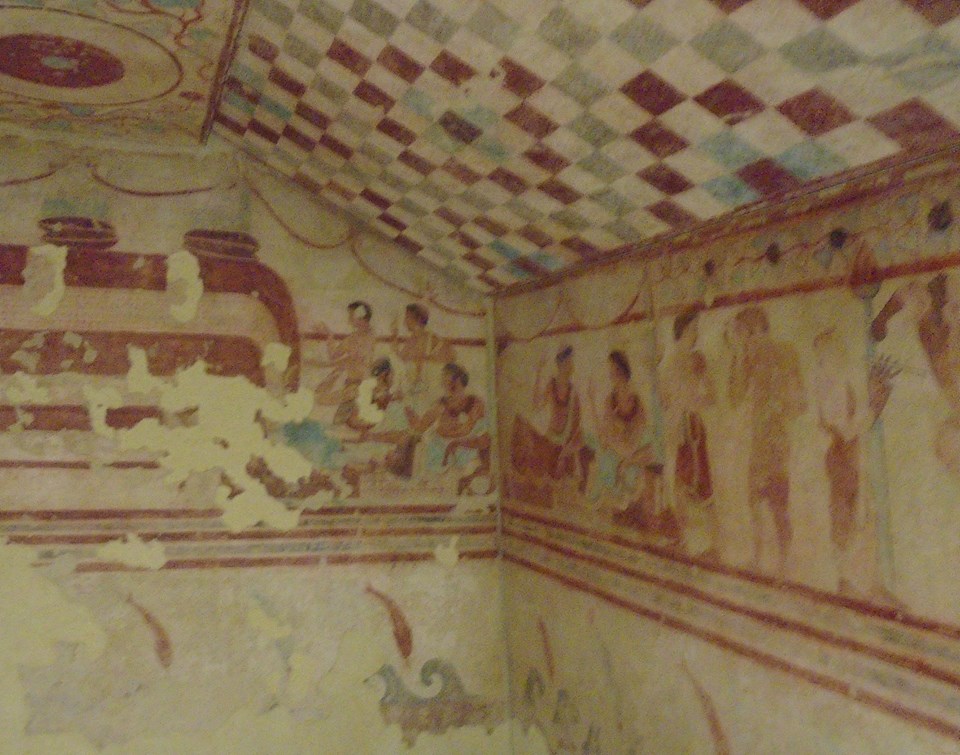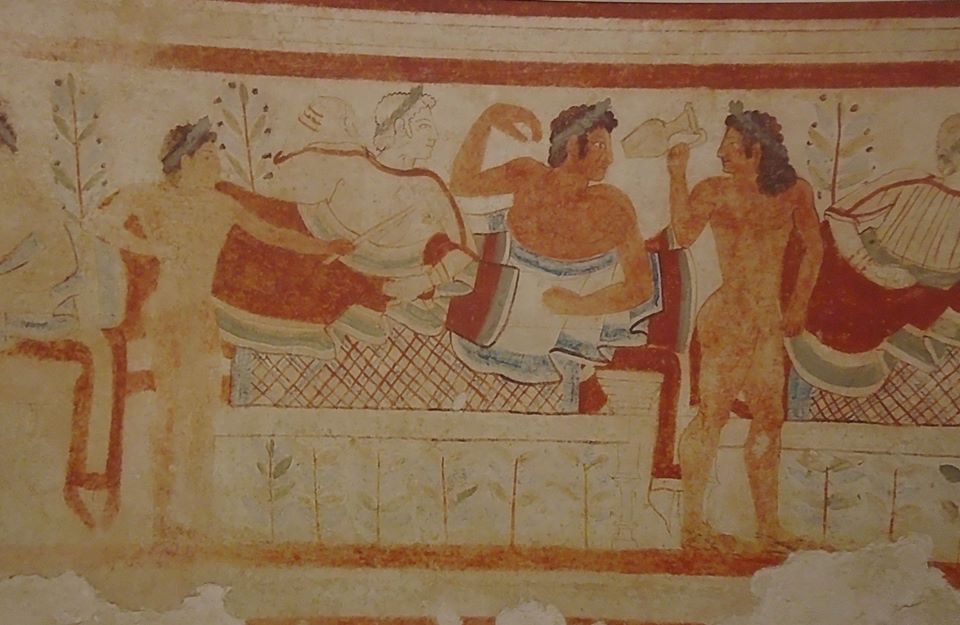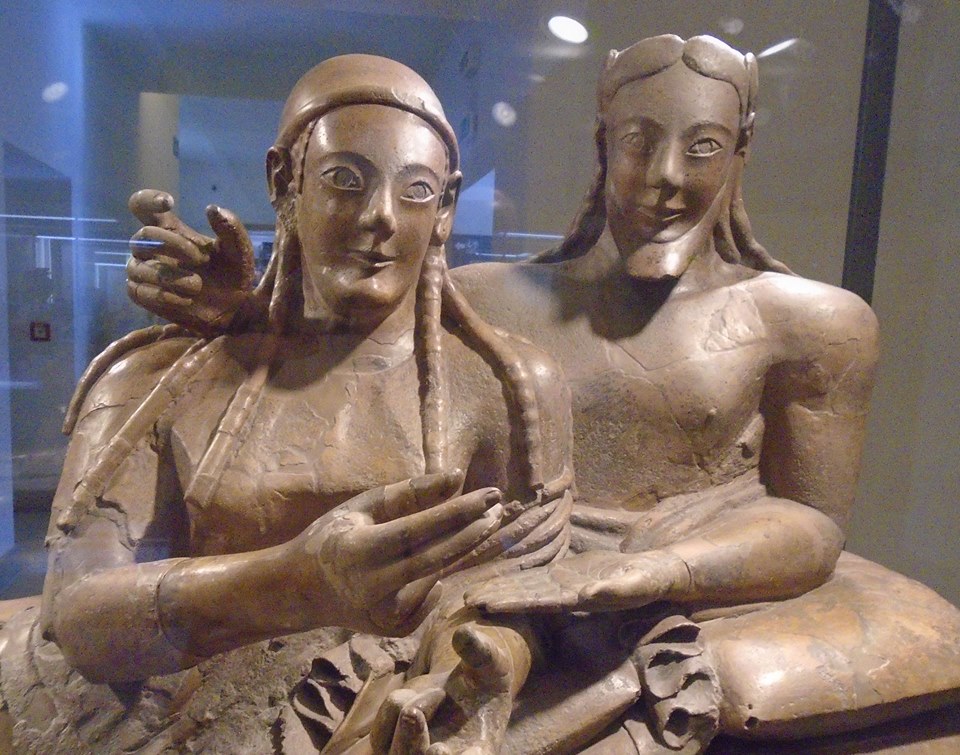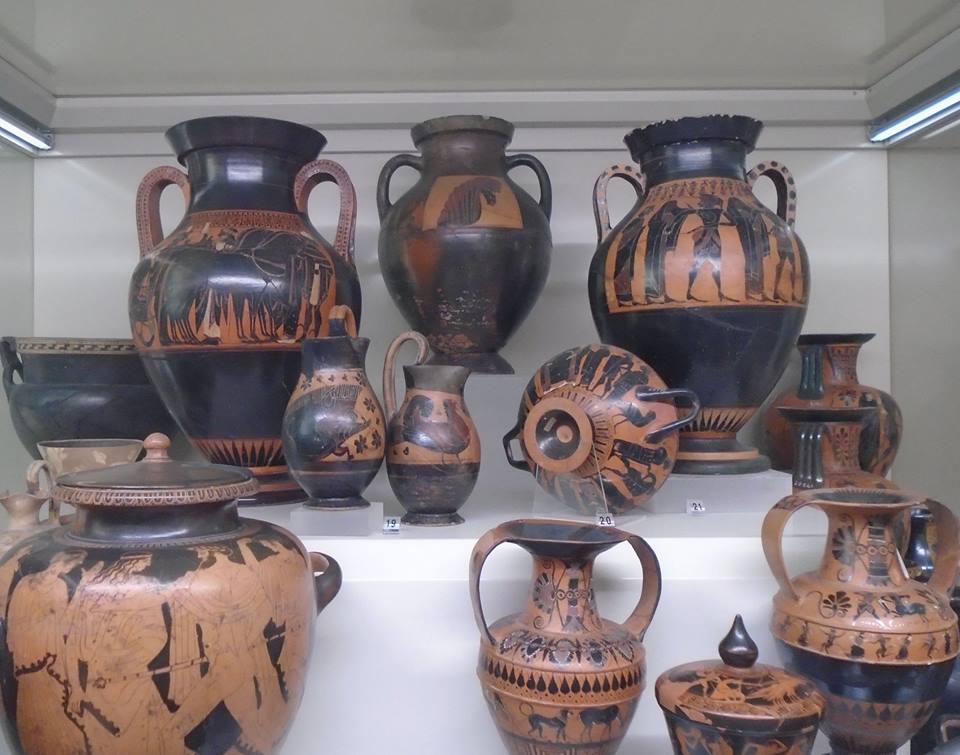The great thing about ancient history is that what is so old can become new. I have to become reacquainted with the Etruscans. I met them back in the 1960s and my knowledge of them stopped growing in the 1970s. However, lots of new information has come to light in the 1980s anon.
I learned that the Etruscans were a mysterious people. Most of this mystery was related to their language, which nobody could read. What we knew of the Etruscans came from what Greeks, Romans and Phoneticians wrote about them and none of these people really liked the Etruscans.
Scholars can now read Etruscan to some extent. Disappointingly, there is not much there. The language seems to be non-Indo-European, related only to minor languages nearby. It is strange to find an island of non-Indo-European language in surrounded by Indo-European ones. For a while, this lent some credence to the Etruscan claim that they migrated from somewhere else. Where? Modern DNA studies indicate that they were indigenous to Italy, or at least developed there.
The Etruscans disappeared by about the first century BC. They did not go out with a bang; rather they just faded away, melted into the general population of Roman Italy. I knew that Etruscan kings controlled Rome until the Romans threw out the last one, Tarquin the Proud in 509 BC and established the Roman Republic. After that, you don’t hear much about them. The Romans just kind of moved in. But the Etruscans did not disappear. DNA evidence indicates that modern Tuscan population are related to ancient Etruscans.
I guess they still are mysterious. Their culture was different from the Greeks, but they took a lot from their Greek neighbors. They had a kind of city state system, but their precise government institutions are unknown.
We went to the Villa Julia today. This is where lots of the Etruscan artifacts are now housed. It is a nice place to visit, very quiet, uncrowded and with interesting exhibits that I have seen in many books.
My first photo is a reconstructed tomb in the basement of the museum, lots of interesting paintings. The couple in the next couple of pictures is the iconic Etruscan image. If you see a book about them, you see this photo. The speculation is that the Etruscans were generally more open and joyful than most other ancient people. This is based on not much beyond that people look content in pictures and sculpture. The last photo shows a collection of pottery. It looks a lot like Greek pottery. This is not a coincidence. They copied Corinthian and Attic styles. But the Etruscan pots have more fanciful designs.
The good thing about being a mysterious ancient people is that modern people can project values onto them.

































